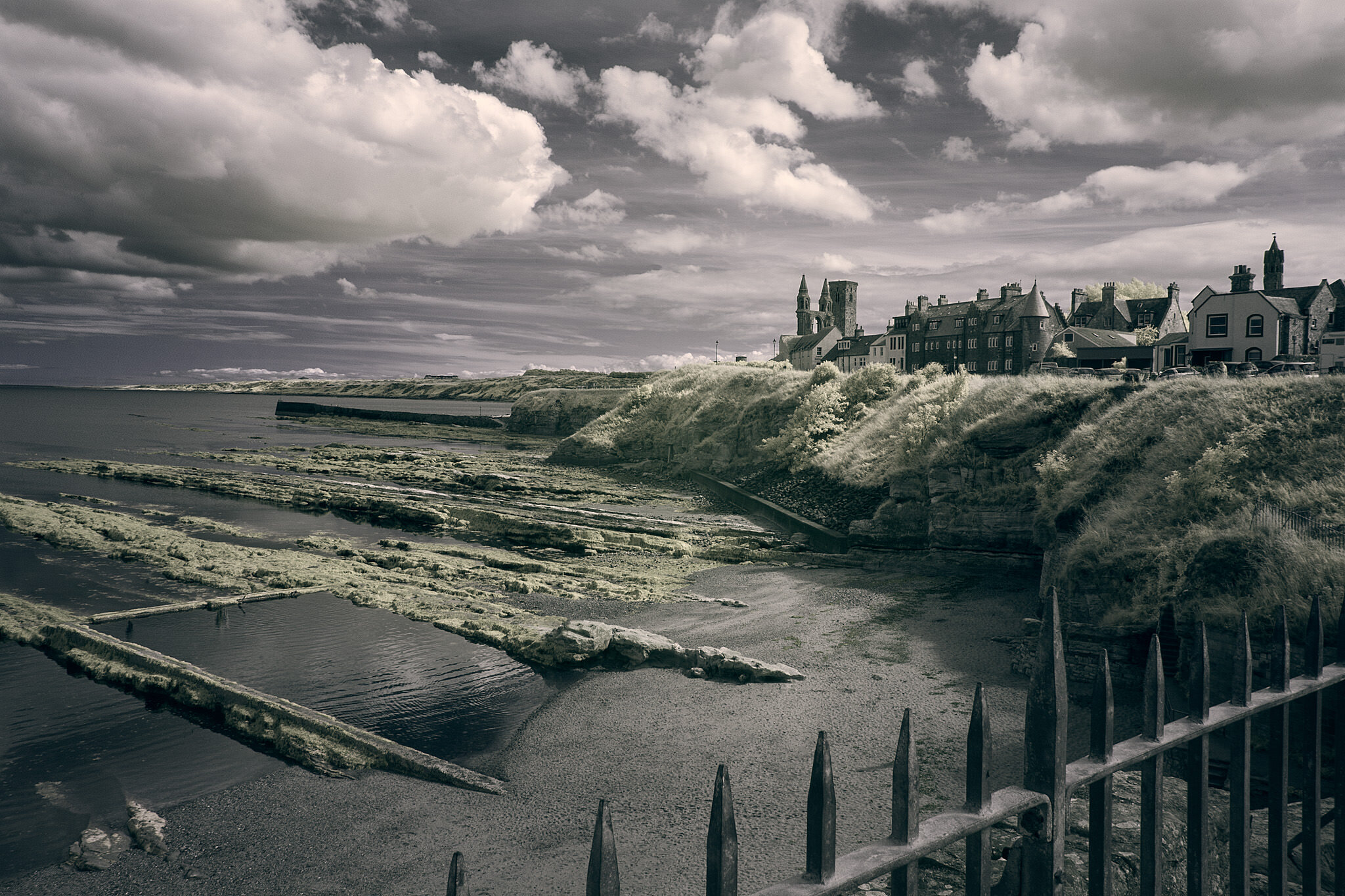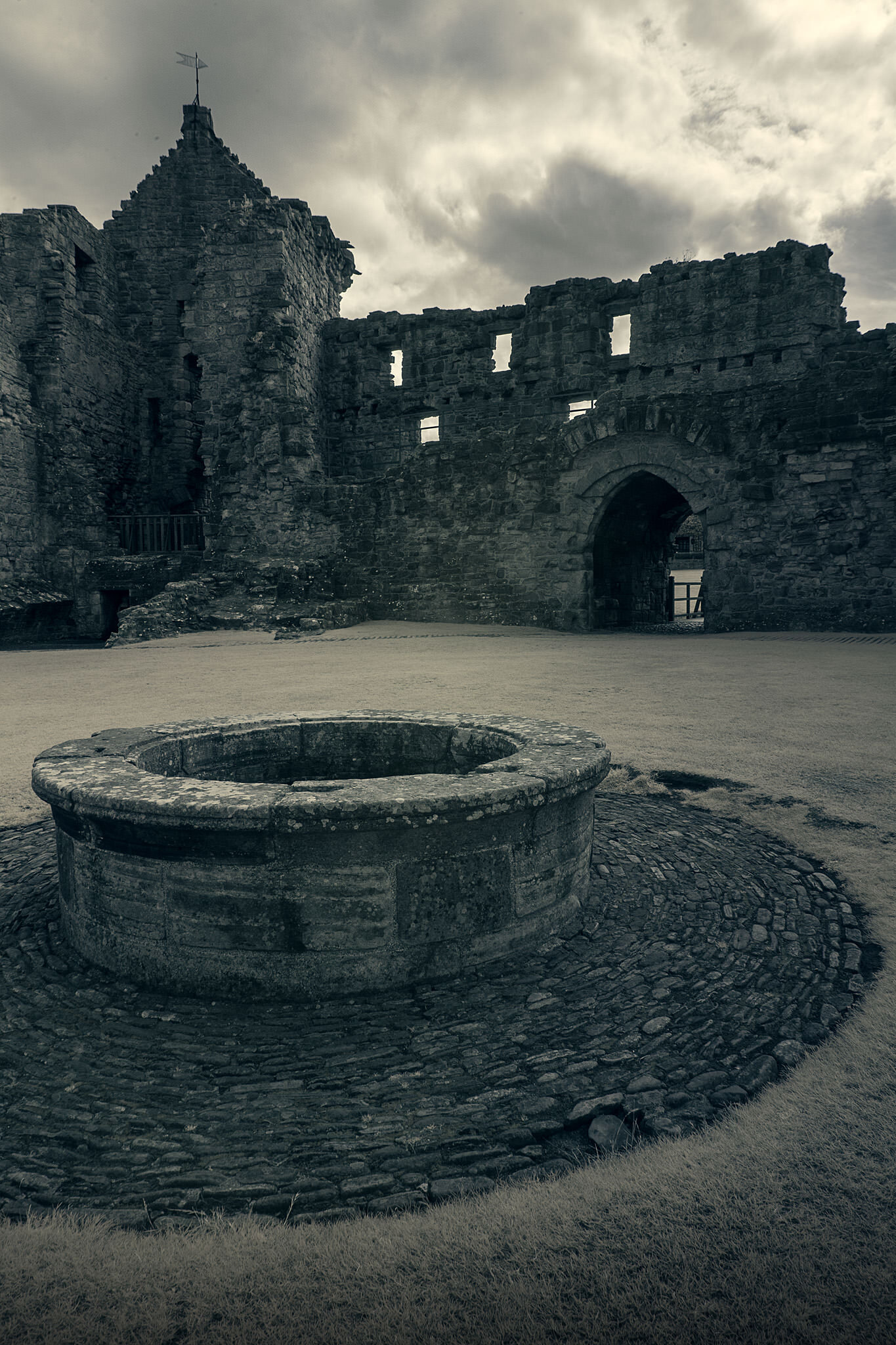St. Andrews Castle Scotland

St. Andrews Castle sits on the headland to the north of the town, it's steep cliffs protect it to the north and east. The castle was not the residence of a noble in the way that other castles were, this castle was the residence of the Bishops of St. Andrews. The earliest castle is thought to have been built here during the time of Bishop Roger, between 1189 and 1202. Bishop Roger was the son of the Earl of Leicester, so he certainly would have been familiar with castle design.
During the Wars of Independence, the castle fell to the English shortly after the sacking of Berwick, by Edward I of England, in 1296. The King stayed here himself in 1303, while it was in English occupation. Following the Battle of Bannockburn in 1314, the castle was retaken by the Scots and then repaired by Bishop William Lamberton, who was a supporter of Robert the Bruce.
By the 1330’s, St Andrews Castle was once again controlled by the English, and work was done to strengthen it's defences. In 1337, Andrew Moray, who was Regent of Scotland for David II (Robert the Bruce’s son), managed to recapture the castle after a three-week siege. The castle was slighted by the Scots almost immediately afterwards, so that it would be useless to the English should they try and retake it. The castle appears to have been left in this ruinous state until the end of the 14th Century, when it was rebuilt by Bishop Walter Trail. He died at the newly rebuilt castle in 1401.


